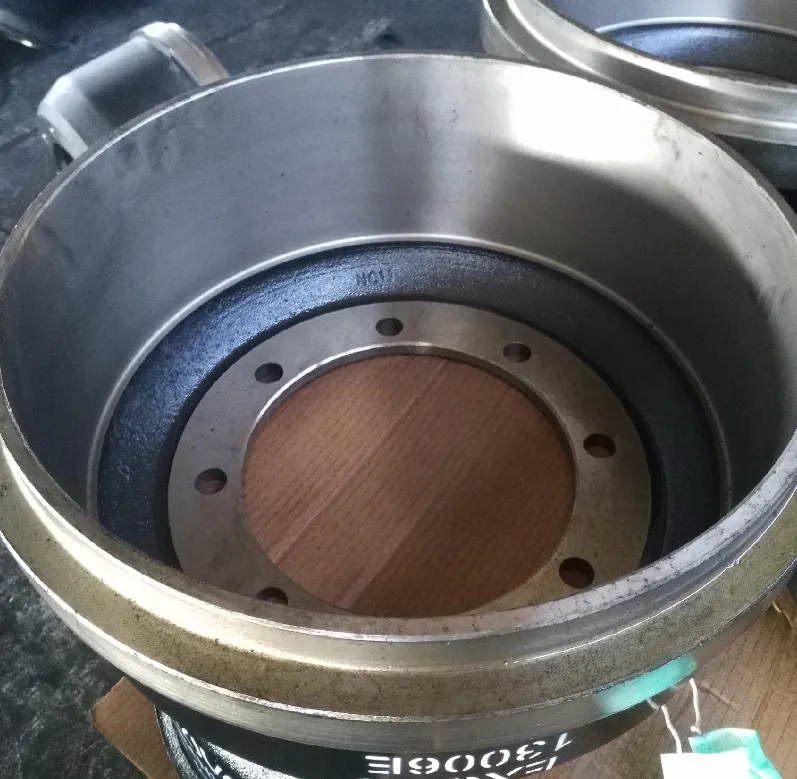
-
 Afrikaans
Afrikaans -
 Albanian
Albanian -
 Amharic
Amharic -
 Arabic
Arabic -
 Armenian
Armenian -
 Azerbaijani
Azerbaijani -
 Basque
Basque -
 Belarusian
Belarusian -
 Bengali
Bengali -
 Bosnian
Bosnian -
 Bulgarian
Bulgarian -
 Catalan
Catalan -
 Cebuano
Cebuano -
 Corsican
Corsican -
 Croatian
Croatian -
 Czech
Czech -
 Danish
Danish -
 Dutch
Dutch -
 English
English -
 Esperanto
Esperanto -
 Estonian
Estonian -
 Finnish
Finnish -
 French
French -
 Frisian
Frisian -
 Galician
Galician -
 Georgian
Georgian -
 German
German -
 Greek
Greek -
 Gujarati
Gujarati -
 Haitian Creole
Haitian Creole -
 hausa
hausa -
 hawaiian
hawaiian -
 Hebrew
Hebrew -
 Hindi
Hindi -
 Miao
Miao -
 Hungarian
Hungarian -
 Icelandic
Icelandic -
 igbo
igbo -
 Indonesian
Indonesian -
 irish
irish -
 Italian
Italian -
 Japanese
Japanese -
 Javanese
Javanese -
 Kannada
Kannada -
 kazakh
kazakh -
 Khmer
Khmer -
 Rwandese
Rwandese -
 Korean
Korean -
 Kurdish
Kurdish -
 Kyrgyz
Kyrgyz -
 Lao
Lao -
 Latin
Latin -
 Latvian
Latvian -
 Lithuanian
Lithuanian -
 Luxembourgish
Luxembourgish -
 Macedonian
Macedonian -
 Malgashi
Malgashi -
 Malay
Malay -
 Malayalam
Malayalam -
 Maltese
Maltese -
 Maori
Maori -
 Marathi
Marathi -
 Mongolian
Mongolian -
 Myanmar
Myanmar -
 Nepali
Nepali -
 Norwegian
Norwegian -
 Norwegian
Norwegian -
 Occitan
Occitan -
 Pashto
Pashto -
 Persian
Persian -
 Polish
Polish -
 Portuguese
Portuguese -
 Punjabi
Punjabi -
 Romanian
Romanian -
 Russian
Russian -
 Samoan
Samoan -
 Scottish Gaelic
Scottish Gaelic -
 Serbian
Serbian -
 Sesotho
Sesotho -
 Shona
Shona -
 Sindhi
Sindhi -
 Sinhala
Sinhala -
 Slovak
Slovak -
 Slovenian
Slovenian -
 Somali
Somali -
 Spanish
Spanish -
 Sundanese
Sundanese -
 Swahili
Swahili -
 Swedish
Swedish -
 Tagalog
Tagalog -
 Tajik
Tajik -
 Tamil
Tamil -
 Tatar
Tatar -
 Telugu
Telugu -
 Thai
Thai -
 Turkish
Turkish -
 Turkmen
Turkmen -
 Ukrainian
Ukrainian -
 Urdu
Urdu -
 Uighur
Uighur -
 Uzbek
Uzbek -
 Vietnamese
Vietnamese -
 Welsh
Welsh -
 Bantu
Bantu -
 Yiddish
Yiddish -
 Yoruba
Yoruba -
 Zulu
Zulu
when do drum brakes need to be replaced
When Do Drum Brakes Need to Be Replaced?
Drum brakes are a vital component of many vehicles' braking systems, particularly in older models and certain smaller cars. Understanding when to replace them is crucial for maintaining safety and ensuring optimal vehicle performance. This article will explain the signs that indicate drum brake wear, the factors that contribute to their deterioration, and guidelines for replacement.
Understanding Drum Brakes
Drum brakes operate differently than their disc brake counterparts. In a drum brake system, brake shoes press outward against the inside of a drum to create friction and slow down or stop the vehicle. This design can be effective, especially in providing strong braking force. However, over time, the friction material can wear down, leading to decreased performance and safety risks.
Signs of Wear and Tear
Recognizing the signs of wear can help you maintain your drum brakes and avoid costly repairs. Here are some key indicators that your drum brakes may need replacement
1. Squeaking or Grinding Noises A distinct squeaking sound often signals that the brake shoes are worn thin. If you hear a grinding noise, it may indicate that the shoes have worn down entirely and are making contact with the drum itself, which can cause severe damage.
2. Reduced Braking Performance If you find that the brakes do not respond as quickly or effectively as they once did, it may be due to brake shoe wear. You may experience longer stopping distances or a spongy feel when pressing the brake pedal.
when do drum brakes need to be replaced

4. Pulling to One Side If your vehicle pulls to one side when braking, it may be a sign that the brake shoes are unevenly worn or that there is an issue with the brake system on one side.
5. Visual Inspection Regularly inspecting your brakes can reveal signs of wear. Look for cracks or deep grooves in the drum and check the thickness of the brake shoes. If the shoes appear worn down to less than a quarter of an inch, it’s time for a replacement.
Factors Contributing to Wear
Several factors influence the lifespan of drum brakes. Frequent stop-and-go driving, heavy loads, and aggressive driving habits can accelerate wear. Additionally, using low-quality brake components can lead to quicker deterioration. Regular maintenance and inspections are essential to extending the life of your brake system.
Replacement Guidelines
When considering drum brake replacement, it's advisable to consult a professional mechanic who can provide a thorough inspection and diagnosis. Typically, drum brakes should be inspected during regular vehicle maintenance, usually every 12,000 to 15,000 miles, or as specified by the vehicle manufacturer.
Replacing drum brakes often involves replacing the brake shoes, resurfacing or replacing the drum, and ensuring all components—like springs and adjusters—are in good condition. It’s essential to use high-quality parts to ensure longevity and safety.
Conclusion
In summary, knowing when to replace your drum brakes is essential for maintaining vehicle safety and performance. Be alert for signs such as unusual noises, reduced braking power, or visual wear and tear. Regular inspections and maintenance can help you catch issues early, prolonging the life of your brakes, and ultimately ensuring a safer driving experience. Always consult a professional if you have any doubts about the condition of your braking system, as timely intervention can prevent more significant problems down the road.
-
What Are Drum BrakesNewsJul.07,2025
-
Understanding Brake Drum MaterialNewsJul.07,2025
-
Semi-Trailer Brake Drum: A Key Component for Extreme Loads and Long-Distance TransportNewsJul.07,2025
-
Drum Brake Pads for SaleNewsJul.07,2025
-
Brake Drums for SaleNewsJul.07,2025
-
Brake Drum ManufacturerNewsJul.07,2025
-
Aluminum Brake Drums: The Future of High-Performance CarsNewsJul.07,2025
